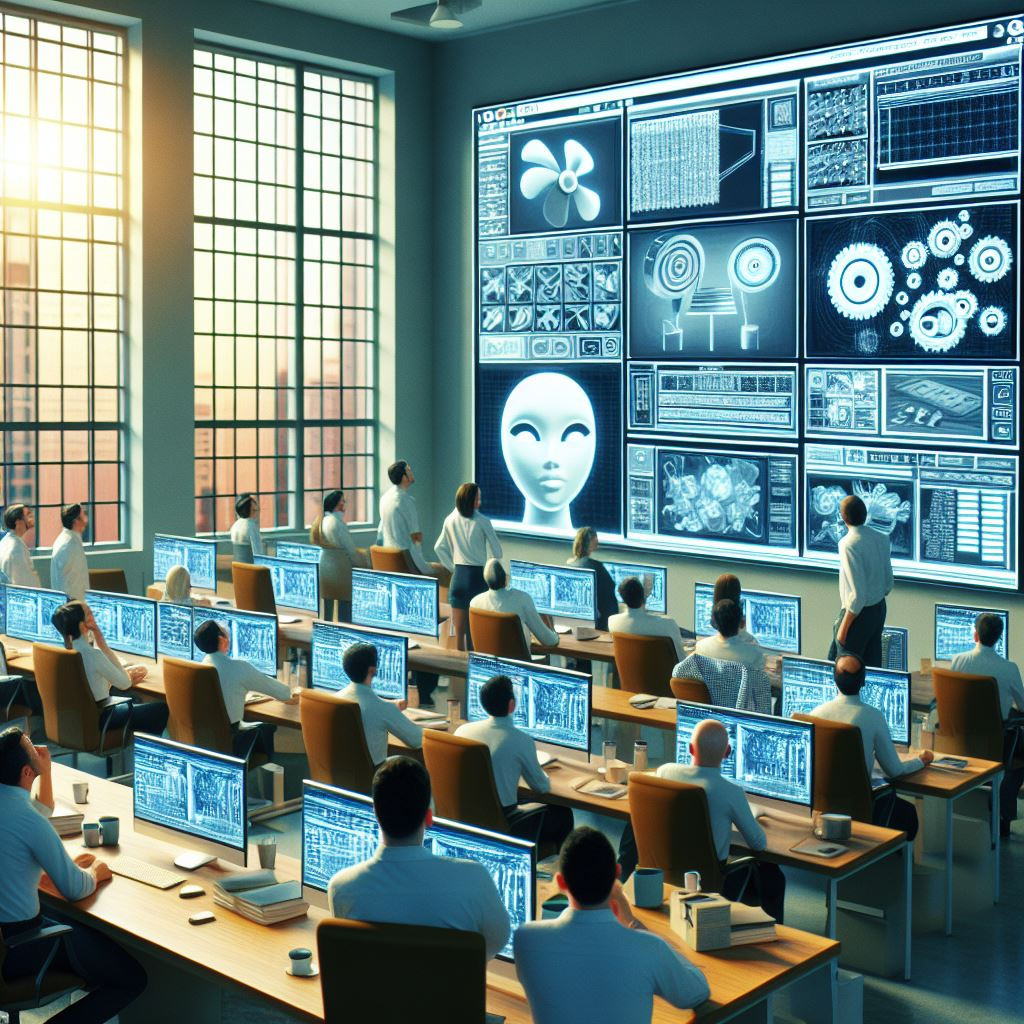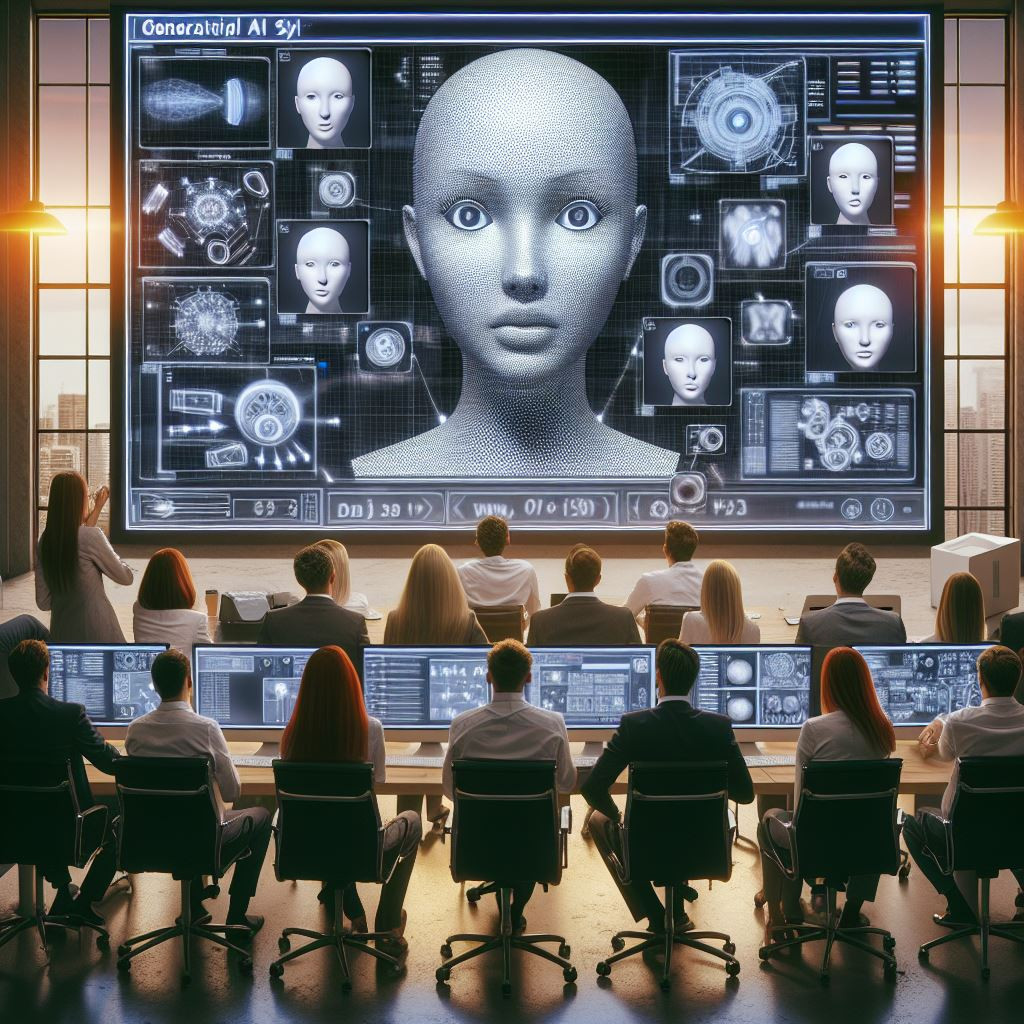How Gen AI Liberation is also Constraining Critical Thinking and Creativity

Artificial intelligence has brought astounding advances in recent years. Systems can now translate languages, drive cars, detect cancer, and generate art. It can offer us convenience, efficiency, accuracy, and innovation. These breakthroughs offer the promise of liberating humanity from repetitive mental drudgery so we can focus on more creative pursuits. However, some caution that over-reliance on AI may have downsides. As thinking machines take over more tasks, will our critical thinking and creativity atrophy. Is there a potential pitfall of over-reliance on AI, where the tool that promises liberation also constrains critical thinking and creativity?
What is over-reliance on AI?
Over-reliance on AI is a situation where we accept incorrect or suboptimal AI outputs without questioning or verifying them. This can lead to errors, biases, or misinterpretations and can have negative consequences for us and others. For instance, if we blindly trust an AI system recommending a medical treatment or a legal decision, we may overlook important factors or alternatives that could affect our health or justice.
There are arguments on both sides. While some proponents argue that AI allows humans to engage with information at a deeper level by assuming routine analytical tasks, critics counter that easy access to machine-generated outputs could make us intellectually lazy. They argue that depending on algorithms for basic reasoning could reduce our originality and creativity.
Rather than see this as an either-or proposition, the healthiest approach is likely balance and partnership. AI should not replace human judgment but complement it. These tools can surface insights from vast data we could never analyze ourselves. Yet the context, ethics, and strategy for applying those insights call for human creativity and critical thinking.
Why does over-reliance on AI happen?
Many factors can contribute to over-reliance on AI, such as:The illusion of accuracy and authority:
- We may assume that AI systems are always accurate and authoritative, especially when they use complex algorithms or large datasets that we do not fully understand or have access to. We may also be influenced by the presentation or framing of the AI outputs, such as the use of confidence scores, visualizations, or explanations
The cognitive and motivational biases:
- We may be subject to various cognitive and motivational biases that affect our judgment and decision-making, such as confirmation bias, anchoring effect, availability heuristic, or sunk cost fallacy. We may also be influenced by our emotions, preferences, or goals, such as trust, satisfaction, or reward
The trade-off between effort and benefit:
-
We may weigh the costs and benefits of engaging with the AI outputs, such as the time, energy, or resources required to verify or challenge them versus the expected outcomes or rewards of doing so. We may also consider the opportunity costs of not engaging with the AI outputs, such as the potential losses or penalties of missing or rejecting them
How can we avoid the pitfalls of over-reliance on AI?
To avoid the pitfalls of over-reliance on AI, there is a need to adopt a more active and reflective role in our interaction with AI systems. We need to balance the benefits and risks of using AI and regain our independence and initiative in our thinking and creativity. Here are some strategies that we can use to achieve this:
Question and challenge the AI outputs:
- We should not blindly accept the AI outputs, but rather question and challenge them. We should seek alternative sources of information and feedback, such as other people, experts, or data. We should compare and contrast the AI outputs with our own or others' inputs, and evaluate them based on our own criteria and values
Explore topics and tasks that interest us:
- We should not limit ourselves to the topics and tasks that the AI systems assign or recommend us but rather explore those that interest or inspire us. We should also set our own goals and standards and monitor our progress and performance. We should also take responsibility for our own outcomes and achievements, and not rely on the AI systems to validate or reward us
Engage in open-ended and complex problems and projects:
- We should engage in problems and projects that require us to generate and justify our own ideas and arguments, and not just to apply or follow the AI outputs. We should also use various AI tools to assist us, but not to replace us. We should use the AI tools as a source of inspiration, guidance, or feedback, but not as a source of authority, dependency, or conformity
Provide feedback and suggestions to the AI systems:
- We should provide constructive and honest feedback and suggestions to the AI systems on their performance and quality. We should also report any errors, biases, or limitations that we encounter or observe in the AI systems. We should also request or propose any features or improvements that we think would enhance the AI systems' functionality and usability. We should also participate in any surveys, experiments, or evaluations that the AI systems conduct or invite us to.
Conclusion
AI is a powerful and promising tool that can enhance our lives and work in many ways. However, we need to be aware of and address the potential pitfalls of over-reliance on AI, where the very tool that promises liberation also constrains critical thinking and creativity.The key is ensuring humans stay "in the loop" - that AI remains our assistant, not our replacement. The AI innovators should maximize transparency, so we understand how these tools arrive at answers. Users should treat machine outputs as informed suggestions to better inform their conclusions, not final verdicts.
With a thoughtful approach, AI can amplify the human spirit rather than constrain it. These technologies are incredibly powerful, but ultimately tools - ones we control. Like any tool, AI's value depends on the wisdom of those wielding it. Rather than narrow our perspective, AI can expand it by helping us surface facts and patterns we would otherwise miss. Yet human creativity, ethics, and critical thinking remain essential to making proper sense of them.
AI will increasingly pervade our lives and may one day seem like a form of intelligence. But true intelligence is so much more - incorporating reason, creativity, emotion, ethics, judgment, and wisdom. Only humanity possesses these gifts. If we keep that in mind, AI can empower our creativity rather than compete with it. With care, it can unlock possibilities we never imagined, without limiting the potential of our minds.
We need to adopt a more active and reflective role in our interaction with AI systems and balance the benefits and risks of using AI. There is a need to regain our independence and initiative in our thinking and creativity and to challenge and improve AI systems. By doing so, we can leverage the strengths of AI overcome its weaknesses, and ultimately achieve our goals and aspirations.

Watch The Video